Typically, I’ve heard the phrase “developmentally appropriate “ when discussing teaching strategies for very young elementary kids. However as the years progress, I have come to realize that dealing with this issue is always a consideration no matter what the context . Adjusting my teaching approach to “fit” the skill set and knowledge base of the audience is just as important with adult educators in a workshop as it is with 4th & 5th graders on the basketball court.
Recently I had the experience of working with a group of relatively inexperienced teachers. As my work with them progressed, it was clear they had lots of ideas about what they wanted in their classrooms, but few “nuts and bolts” strategies to actually make these things happen on a daily basis. In short, they had a vision of what they wanted for their learners, but lacked the professional repertoire to build and maintain a classroom structure that would support their dream.
This was especially the case when it came to thinking about what they would/could do to create a classroom culture that would support the kind of small group, problem-based learning experiences they wanted to provide for their students.
As I worked with them further I slowly recognized the connection between the basketball court and the classroom. Much like my 10 year old basketball players on the first day of practice, these teachers needed a coaching approach that was developmentally appropriate to the level of their repertoire… essentially that of “rookies”.
And so, I applied the same principles in working with the teachers regarding the development of their classroom culture as I use each season on the basketball court with kids new to the game.
The most important of these principles are:
- I model behavior that will raise their odds of achieving success. I demonstrate “fundamentals” that I know will work.
- I model behavior that they can mimic. What I do must be something they can do… and then “drill” on their own.
- I model behavior that is detailed, specific, and achievable and show them how to practice it. Beginners need to have a mental “checklist” for a quality performance to know if they are doing it “right.” They want to know (or an informed observer/friend/colleague who is willing to help) what to “look for/listen for” as they practice.
- I accompany the modeling with verbal imagery, catchy phrases, or descriptive labels that will help them recall what they need to do when they are practicing. I sometimes refer to these as “triggers” or “teaching points.” These phrases or images help remind them of the important set of behaviors they want to implement.
Over the next few days, I engaged in a process with these teachers that I’d described previously in a workshop handout addressing this same topic. What follows is a slightly modified version of that handout:
Our Basic Assumption: All groups that stay together very long develop a kind of “culture”, i.e., a complex set of personal and group behaviors shaped by common expectation, habit, ritual, and tradition that determines how the group members interact with each other. In our experience a “culture” founded upon the values of mutual respect and trust holds the greatest potential for powerful learning, productive collaboration, and successful complex problem-solving. We, therefore, want the culture of ANY collaborative learning environment to be the product of a thoughtful design and process that consistently yields the results we desire.
We also recognize that any group that is newly formed is DEPENDENT upon some source of leadership to get the group started toward the realization of its objectives. We use the approaches suggested below to guide our work as Teacher/Leader/Facilitator in ALL our workshops, presentations, facilitated meetings, or classroom settings whenever we ask the participants to work and learn together productively.
What do we want? We want a learning environment/classroom experience that develops and nurtures the participants’/students’ capacity to work and learn together productively both in school and in life beyond the classroom.
What are some key attributes of such a problem-solving/learning environment or experience?
- It is safe – Participants/students feel emotionally and physically safe to take the risks that attends authentic learning, deep reflection, and the giving and receiving of open and honest feedback.
- It is challenging - Participants/students are constantly encouraged to tap into, explore, and expand their repertoire of academic and life-long skills to solve engaging problems and receive feedback on the same.
- It is purposeful – Participants/students address problems-to-solve (“challenges”) that engage them on all levels (intellectual, social, emotional, physical, etc). These challenges are designed to solve real problems or achieve specific academic objectives, and develop critical skills. Criteria for successfully achieving the objectives are clearly articulated “up front”.
- It is flexibly responsive – Participants/students experience frequent opportunities to make choices, explore alternative ideas, express themselves creatively, exercise their judgment, and have fun.
What are some common principles & practices we use to achieve this kind of learning/problem solving environment?
- We challenge participants to progress from Dependence through Independence toward Interdependence
We encourage autonomy and initiative - “Can you do this for yourselves?” We encourage students/participants to seek assistance from at least three credible resources (books, online, other students) before asking the teacher for help i.e. “Three before me!”
- We honor and acknowledge the value of diverse talents and perspectives
- We recognize and build on strengths – then address weaknesses
- We set criteria for quality of both the product and process. We consistently reflect on the quality of the performance in light of the criteria.
What sequence of activities or practices do we put in place to begin the process of building a collaborative learning environment?
- Create small teams (Interaction within a small group is much safer than speaking/sharing in front of a large group. Practice sharing, explaining, defending, questioning in a “safe” environment before challenging students to do so in an environment of greater risk.)
- Create a baseline of interpersonal information (Use ice-breakers, personal introductions, simple community building games to help students to find some common ground with others in their group - name, background, interests, etc.)
- Clarify desired outcomes, goals, or agenda (What are our goals? What is our agenda? What is our Mission?)
- Identify/describe/model Task Roles and Group management processes that will support productive collaboration based on mutual respect and trust (Facilitator, Recorder, Timekeeper, Spokesperson, etc. – Brainstorm/Filter, Sweep, Thumb tool, etc)
- Establish criteria for quality interpersonal communication and work - create cultural “norms” (Discuss and set criteria for a Quality Conversation/Discussion, Quality Audience, Quality Team member, Quality Collaboration)
- Challenge groups/teams to “produce/perform” something that is evidence of their learning and/or skill. Set criteria for the quality of the product/performance and clarify other parameters of the work (Time frame, materials, other resources, etc.).
- Coach groups as they work and struggle (Encourage, ask clarifying questions, redirect attention to the task, mediate conflict, etc.)
- Facilitate the sharing/display of products or skills (Provide multiple opportunities for individual or group presentation of work in progress or as a finished product)
- Reflect on product and/or performance (product and process) referencing pre-established criteria for quality/success. (Occasionally call “time out” in the midst of group work and ask, “Are you sure you are meeting the criteria for success in your product/process right now?” Set up a “Critical Friends” process in the middle of a long term project to provide opportunity for clarification, feedback, and mid-course corrections.)


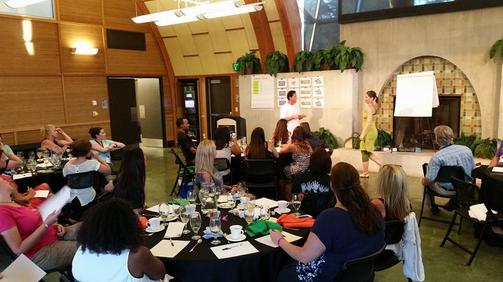

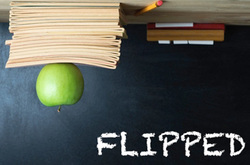
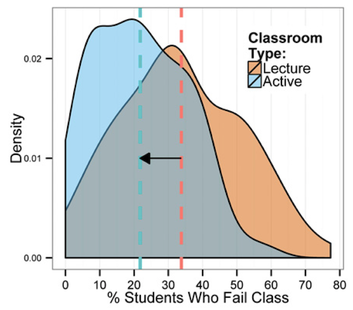
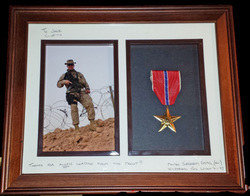
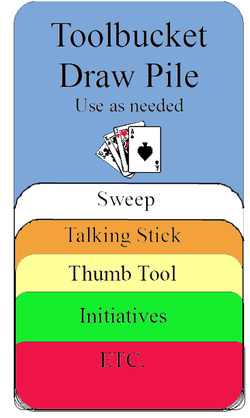
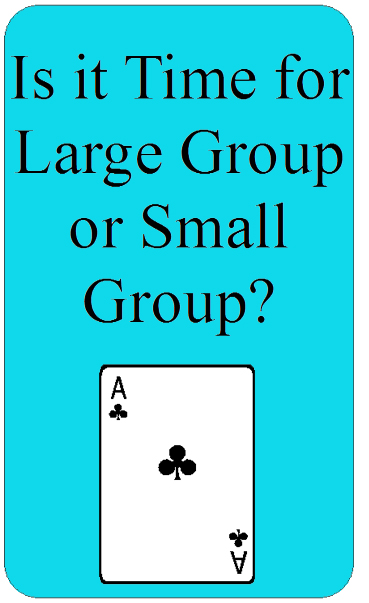
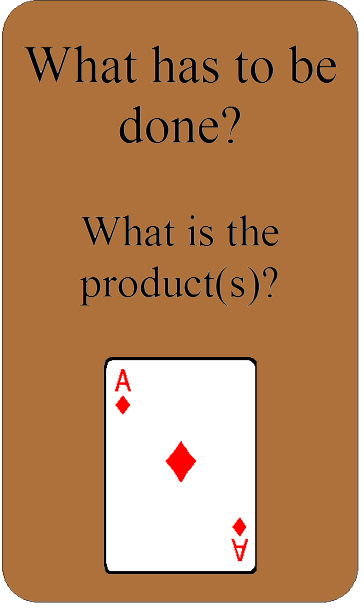
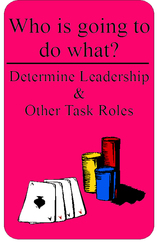
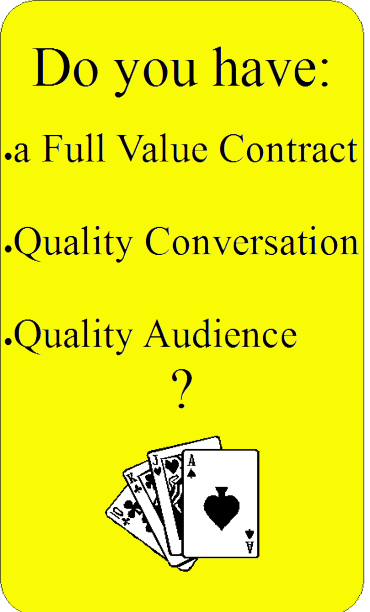
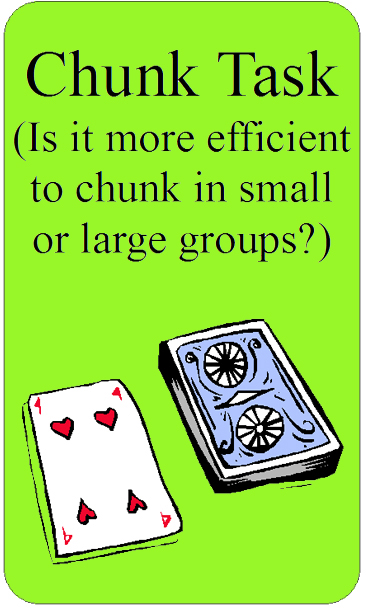
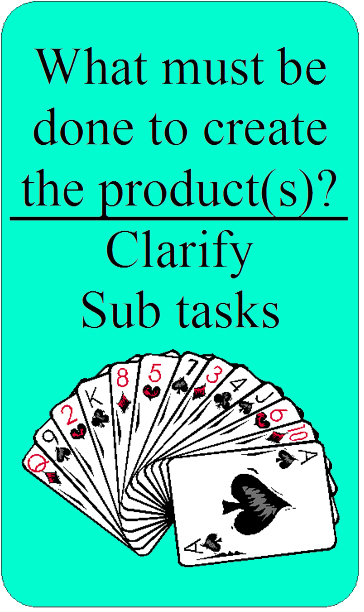
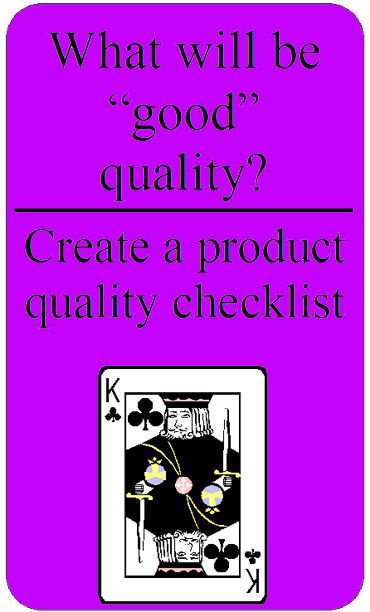
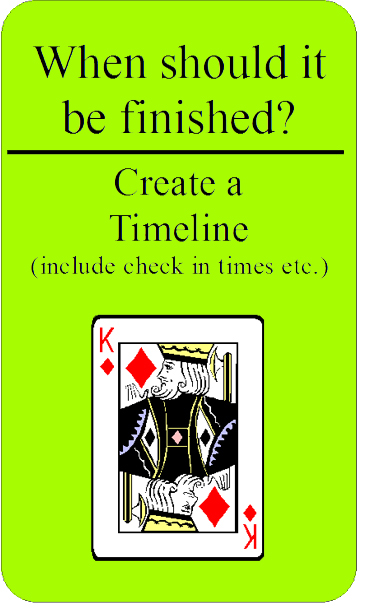
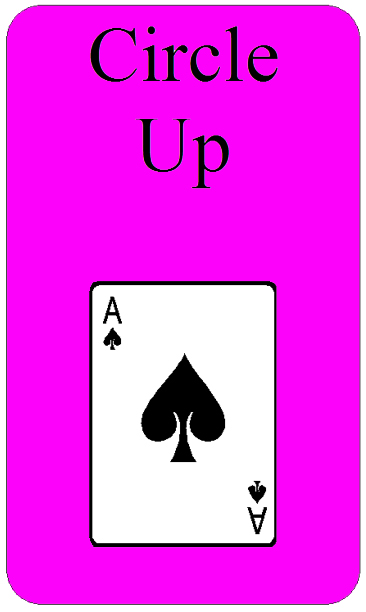

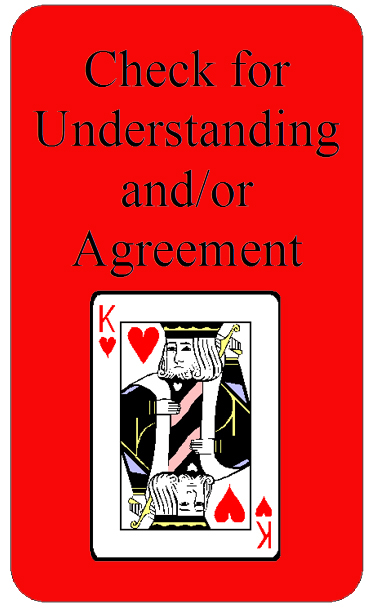
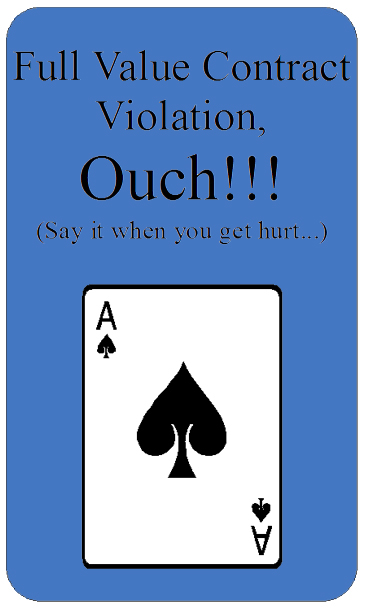
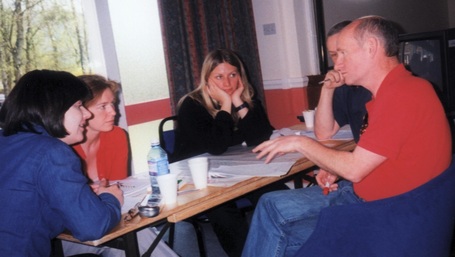

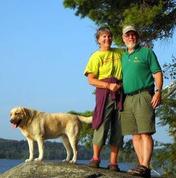
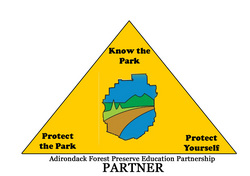
 RSS Feed
RSS Feed

